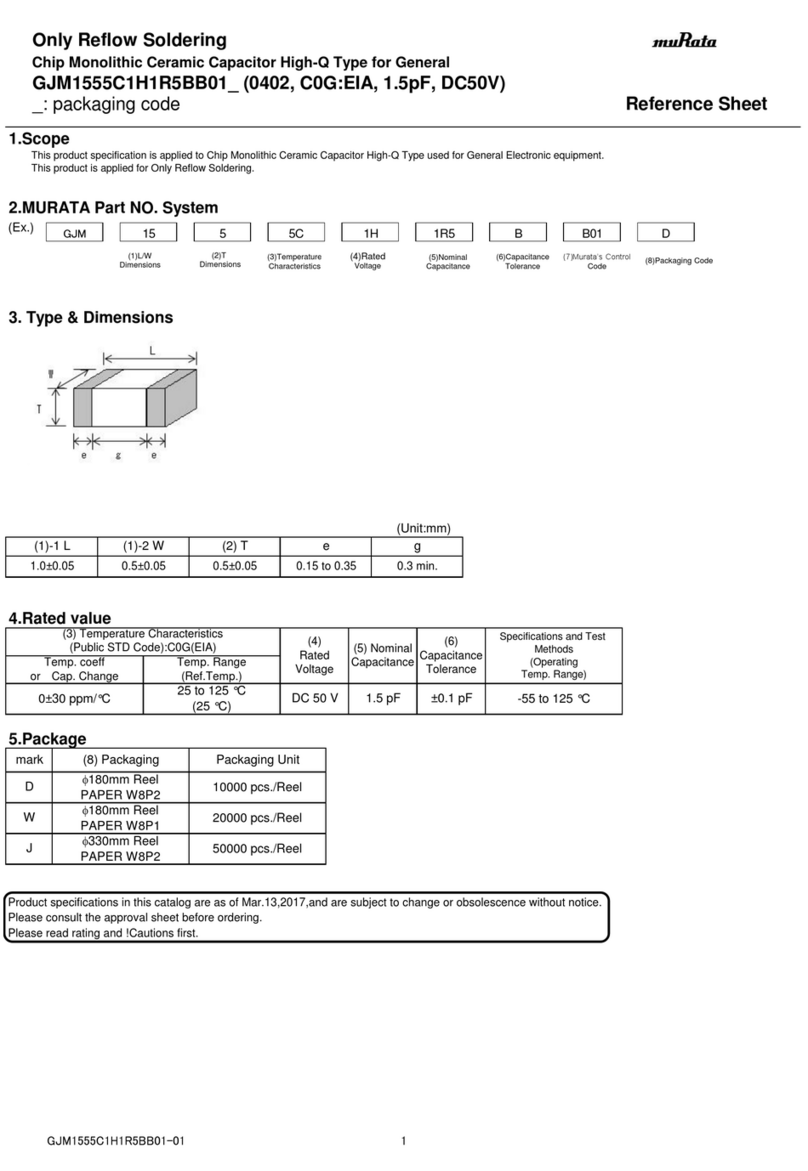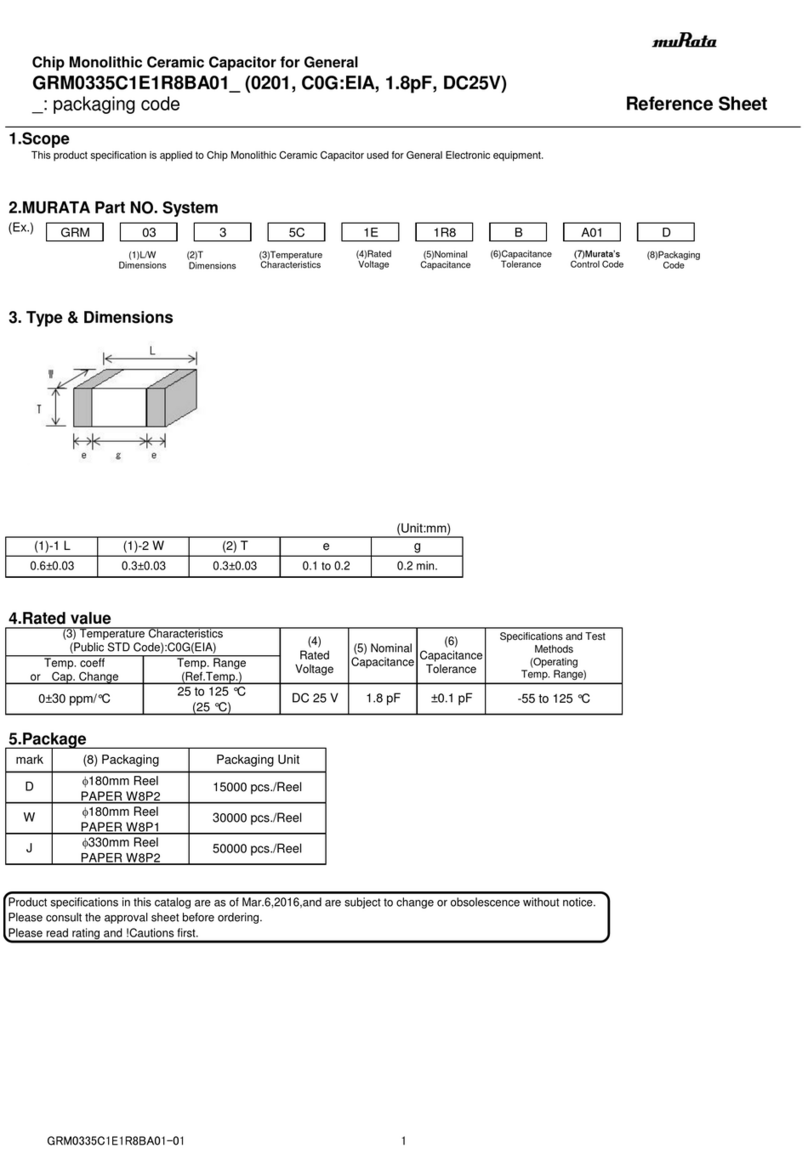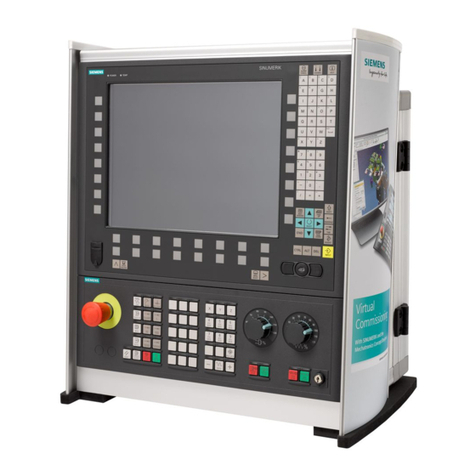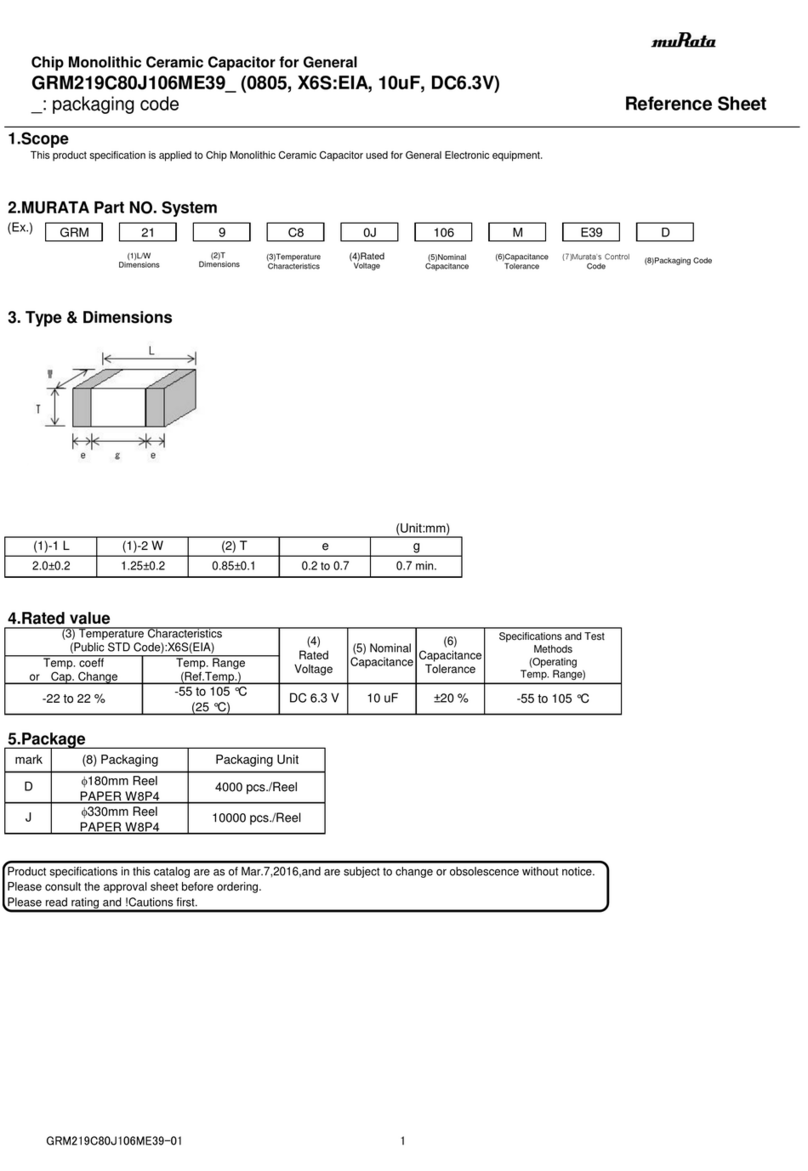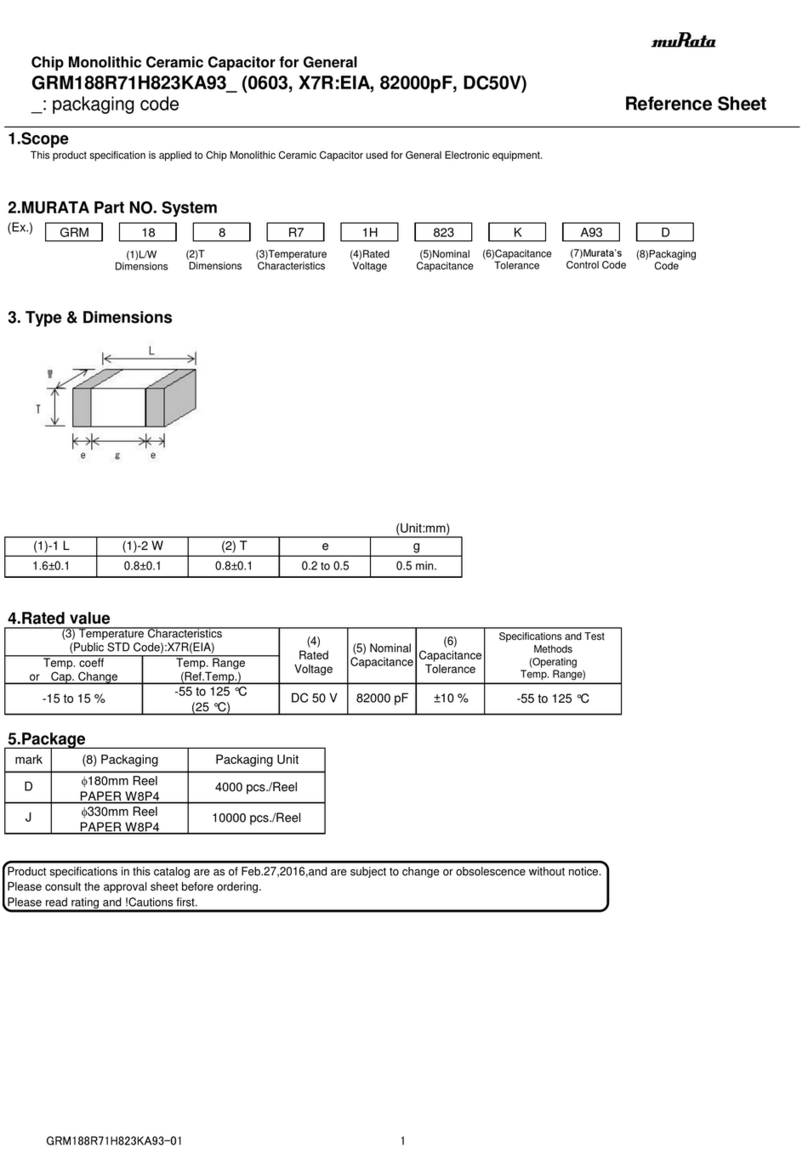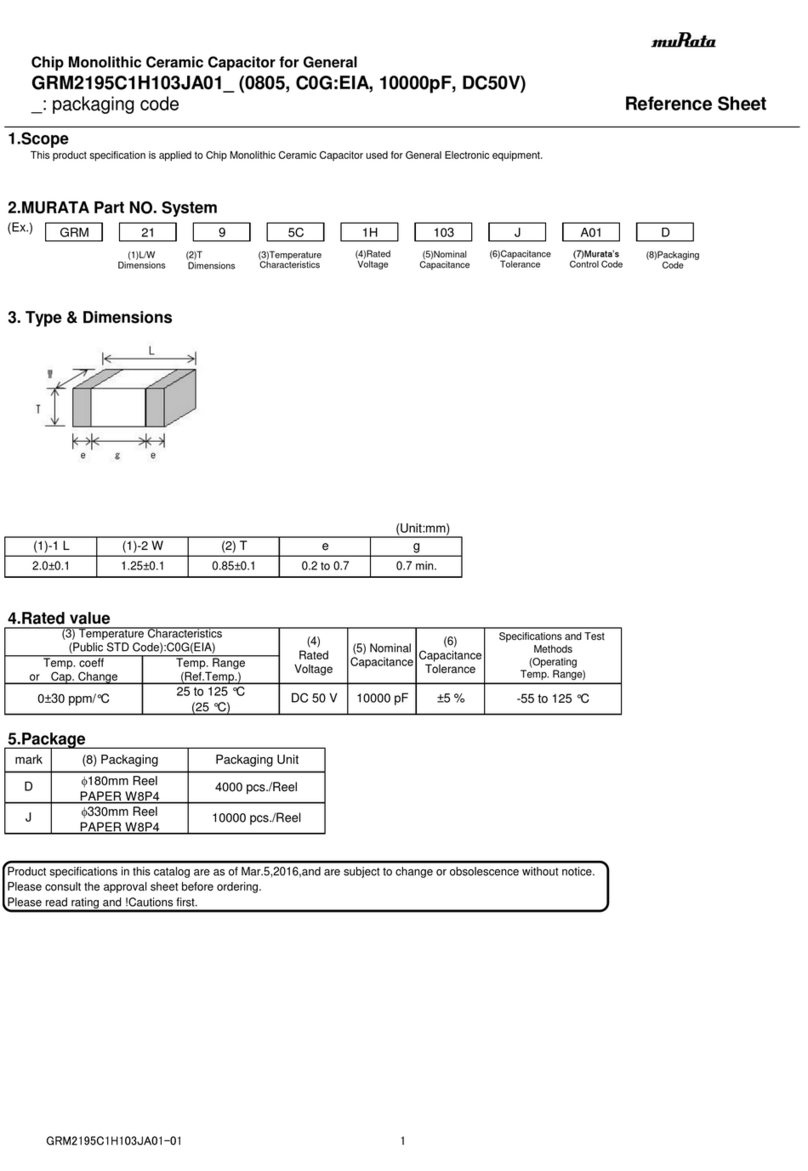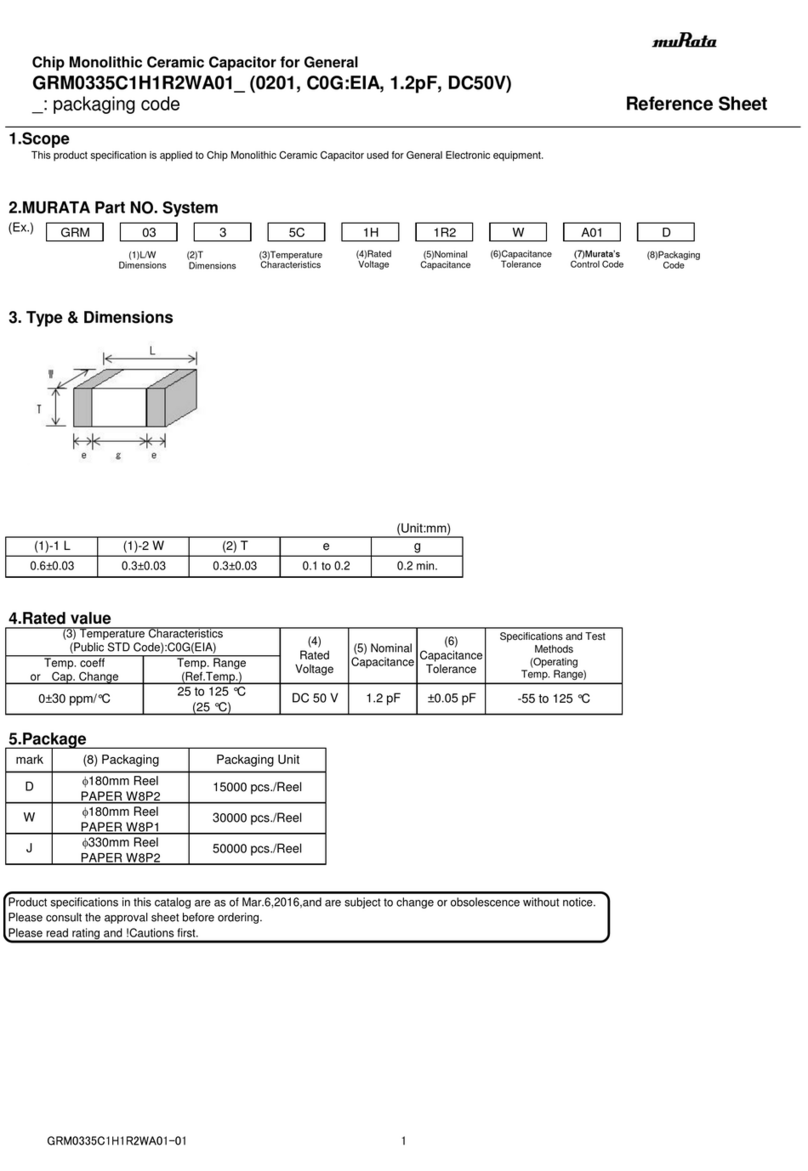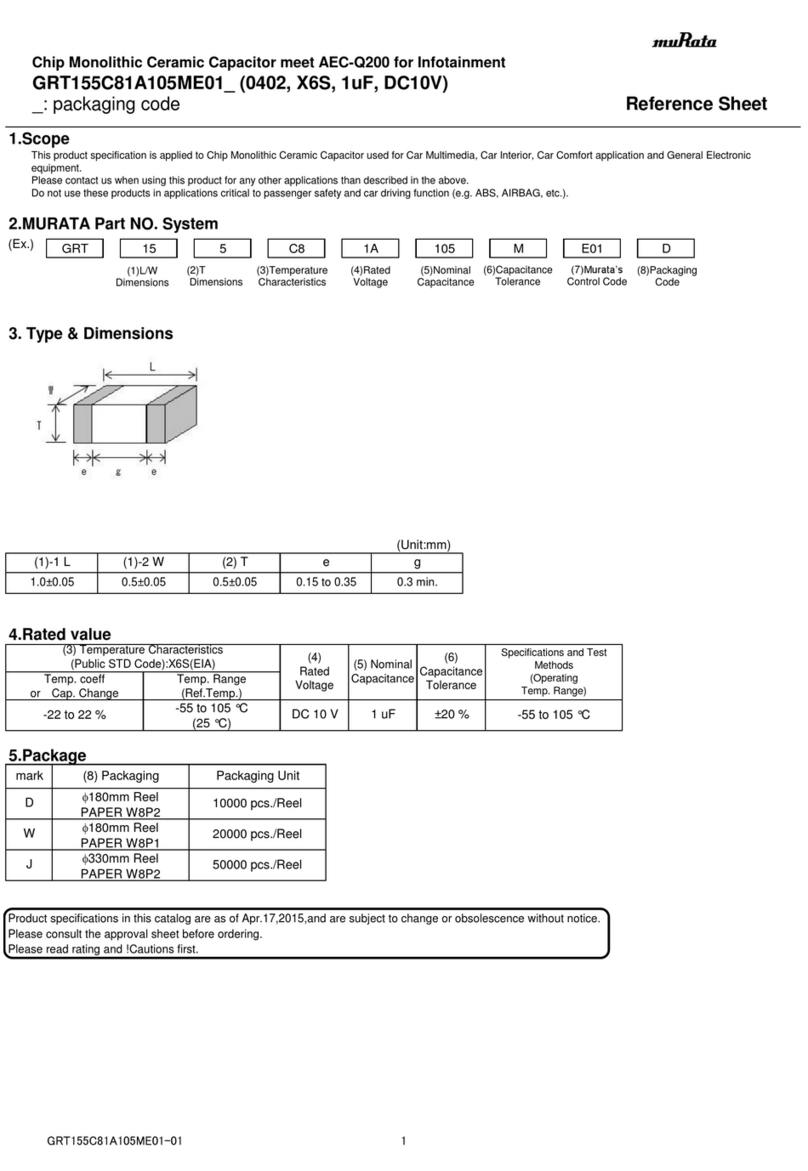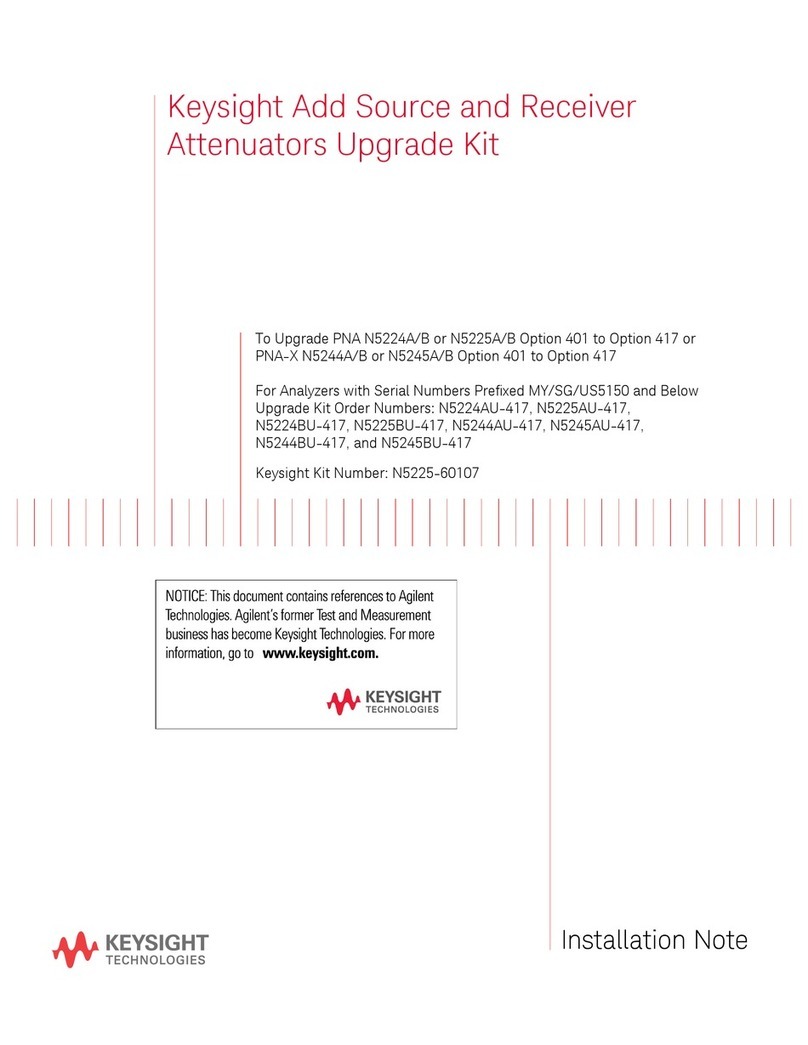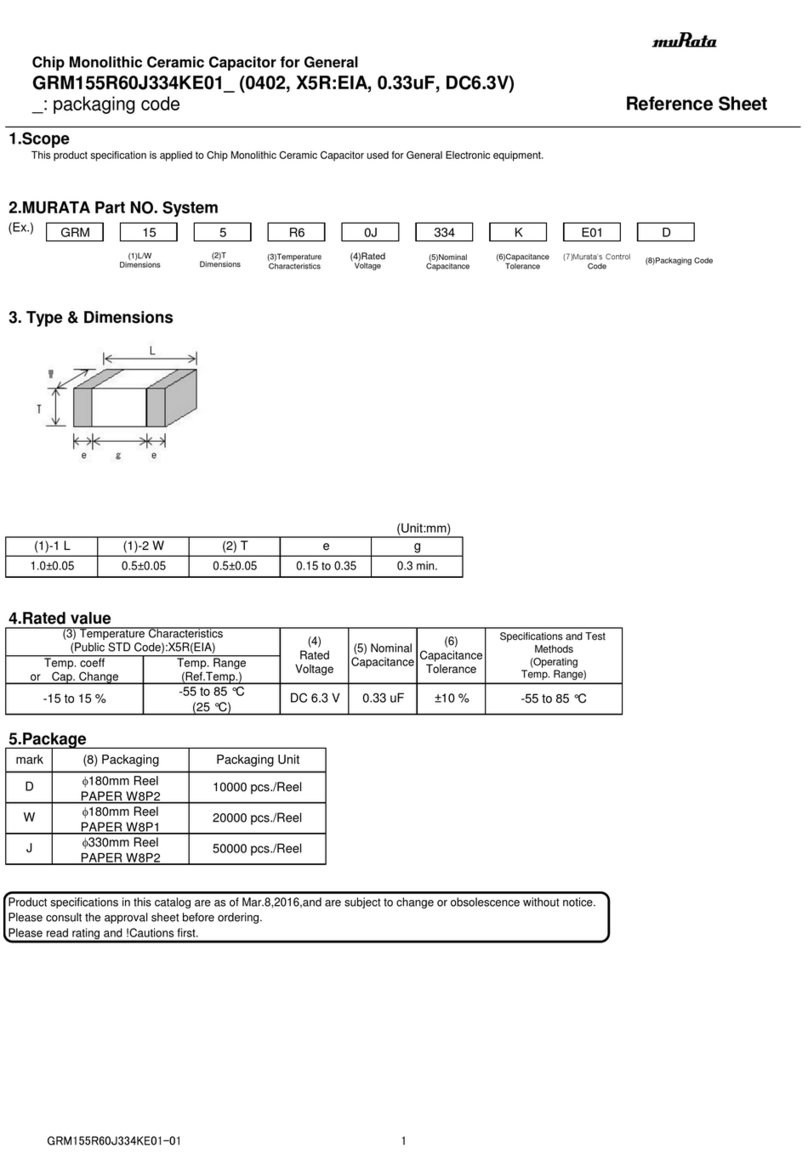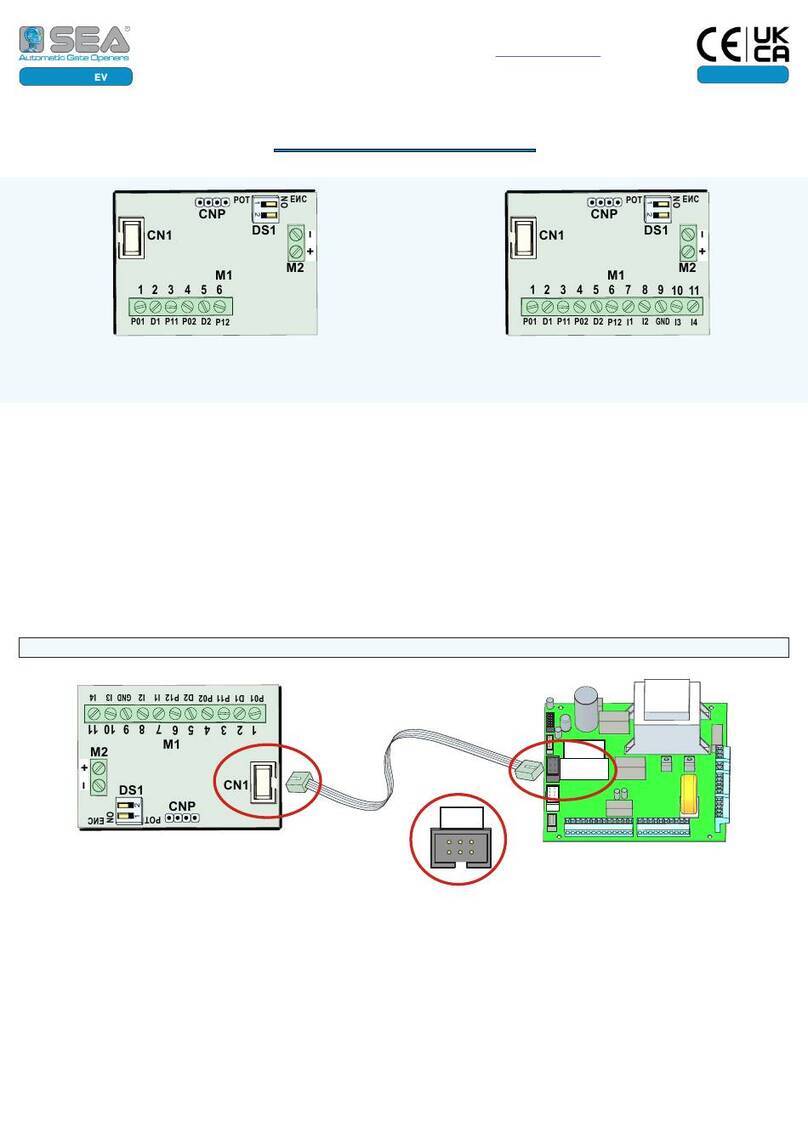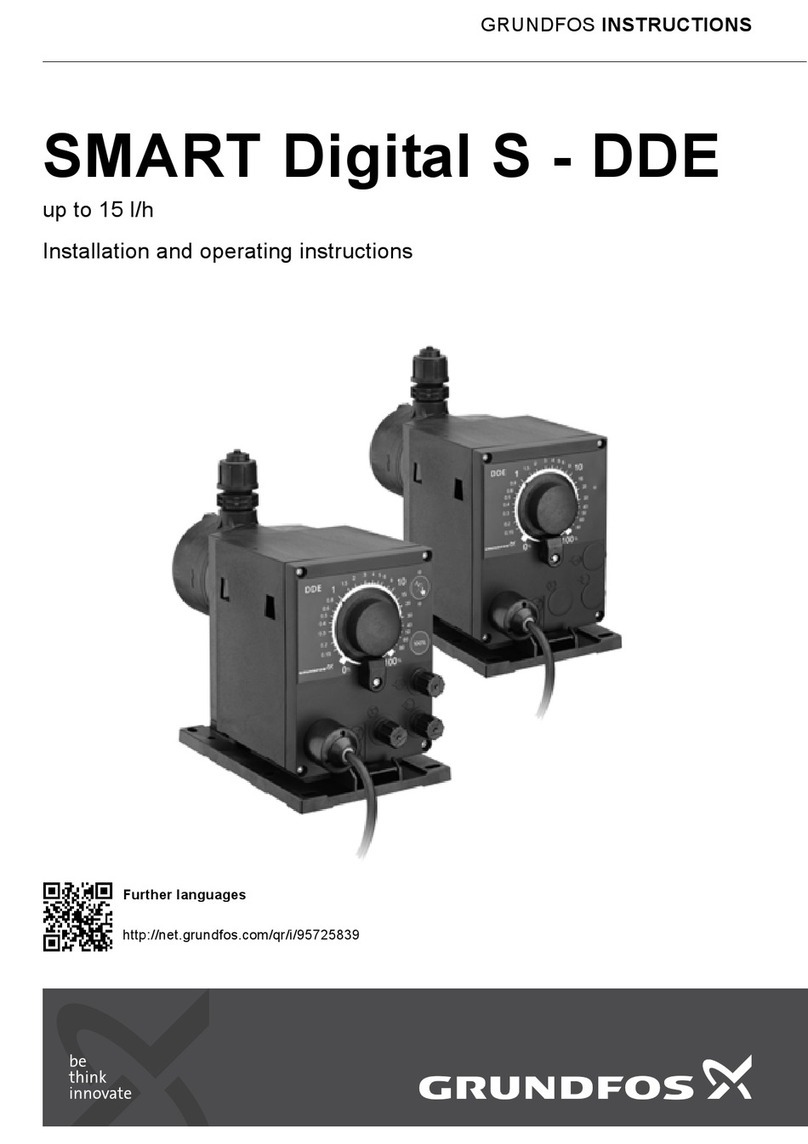
Hazardous Area Installation Manual
MX2033 and MX2034 Digital Proximity System
Document 1232961
Rev. E (April 2022)
1. Overview
The Digital Proximity System (DPS) provides the performance of a
fully API 670-compliant eddy-current proximity measurement system
with the flexibility of digital programmability. For the first time, users
have the ability to easily select their transducer system in the field
from pre-programmed calibrations for a variety of probe tip
diameters, manufacturers, extension cable lengths, target materials,
and linear ranges.
A Digital Proximity System consists of a probe, extension cable, and
MX2032, MX2033 or MX2034 DPS signal conditioner.
2. Supplementary Information
Refer to Product Datasheet 1087015, Installation Manual 100545, and Operation & Maintenance Manual 100576. These are available at
www.metrixvibration.com.
3. Mounting
Mount the DPS in a suitable enclosure in a location that is compatible with its environmental specifications (See Datasheet 10870151). The
driver or transmitter comes as a DIN rail mount. The below figure shows the unit with the optional flat base mounting plate, part number
9647. The 9647 mounting plate has two different hole patterns. One is for Metrix 5465/5488 transmitters and the other pattern is for Metrix
5533, MX3300 and most other manufacturers’ probe drivers.
Before proceeding to wire and install the Model
MX2033 or MX2034 Digital Proximity System (DPS),
read and thoroughly understand these instructions.
They are intended for experienced personnel who
require only basic installation guidance, and
assume that the DPS has already been selected and
applied properly for the machinery at hand. Please
contact Metrix or its local representative for
additional assistance. See also section 2 of this
manual for additional technical resources available
free-of-change on our website at
www.metrixvibration.com
This electronic equipment was manufactured
according to high quality standards to ensure safe
and reliable operation when used as intended.
Due to its nature, this equipment may contain small
quantities of substances known to be hazardous
to the environment or to human health if released into the
environment. For this reason, Waste Electrical and Electronic
Equipment (commonly known as WEEE) should never be
disposed of in the public waste stream. The “Crossed-Out Waste
Bin” label affixed to this product is a reminder to dispose of this
product in accordance with local WEEE regulations. If you have
questions about the disposal process, please contact Metrix.
















